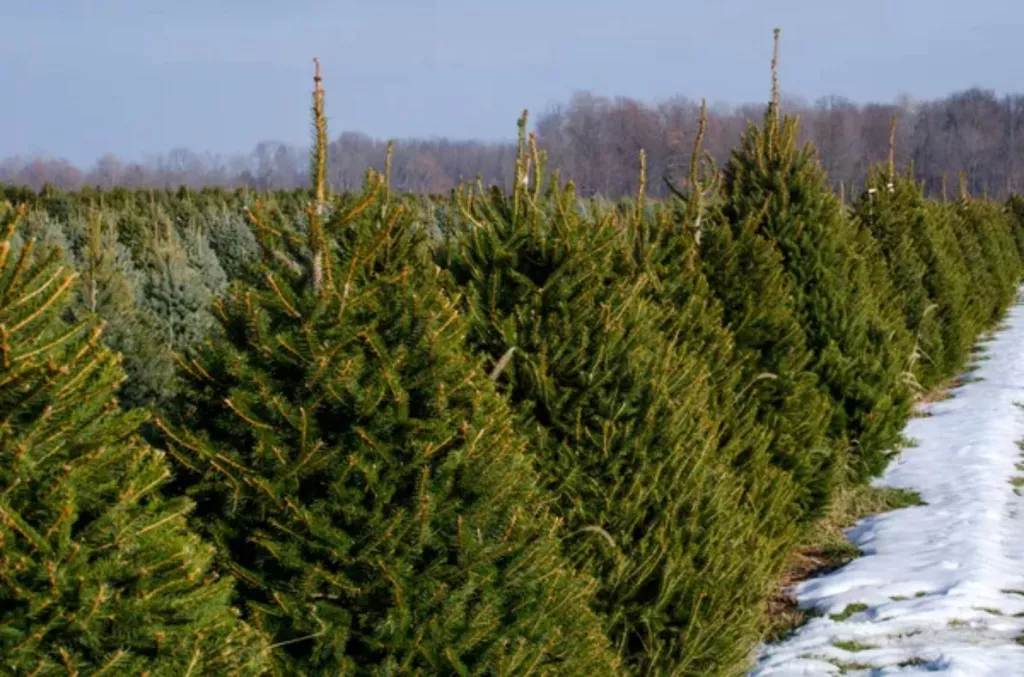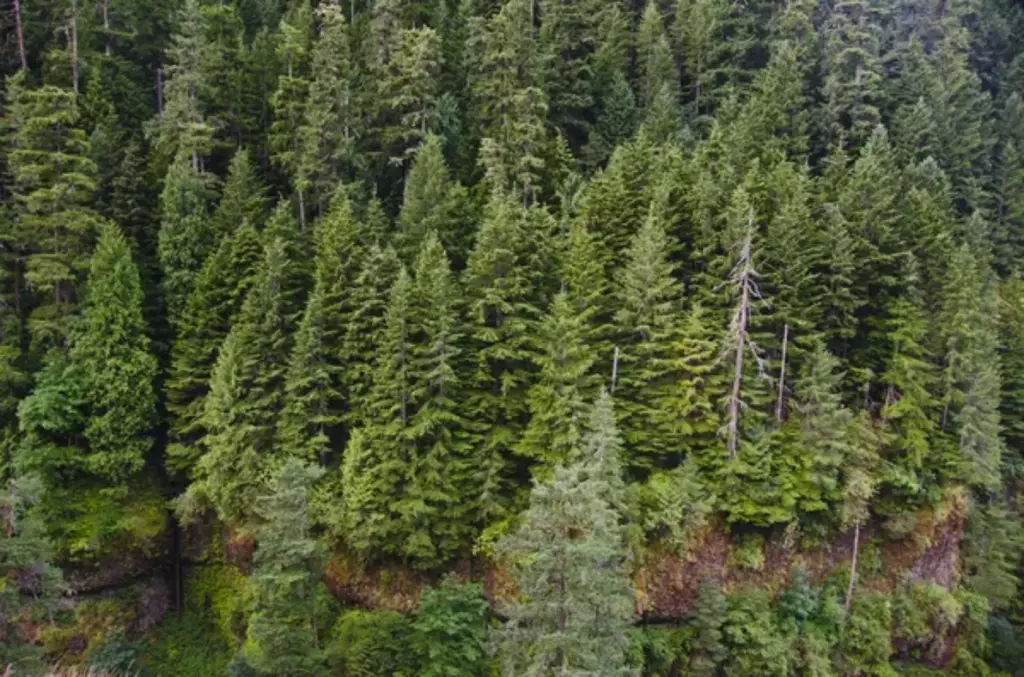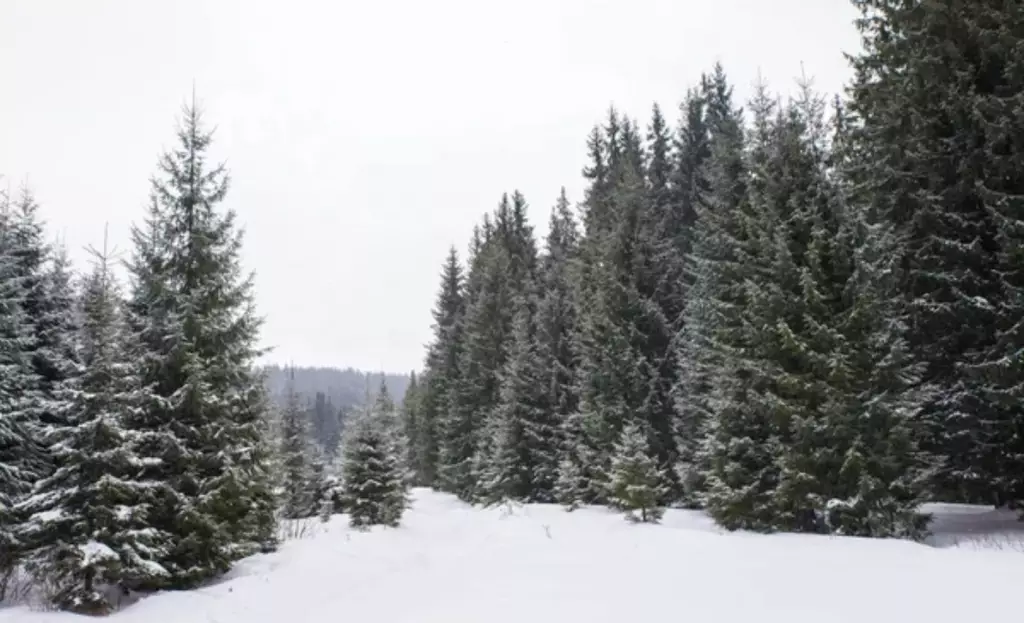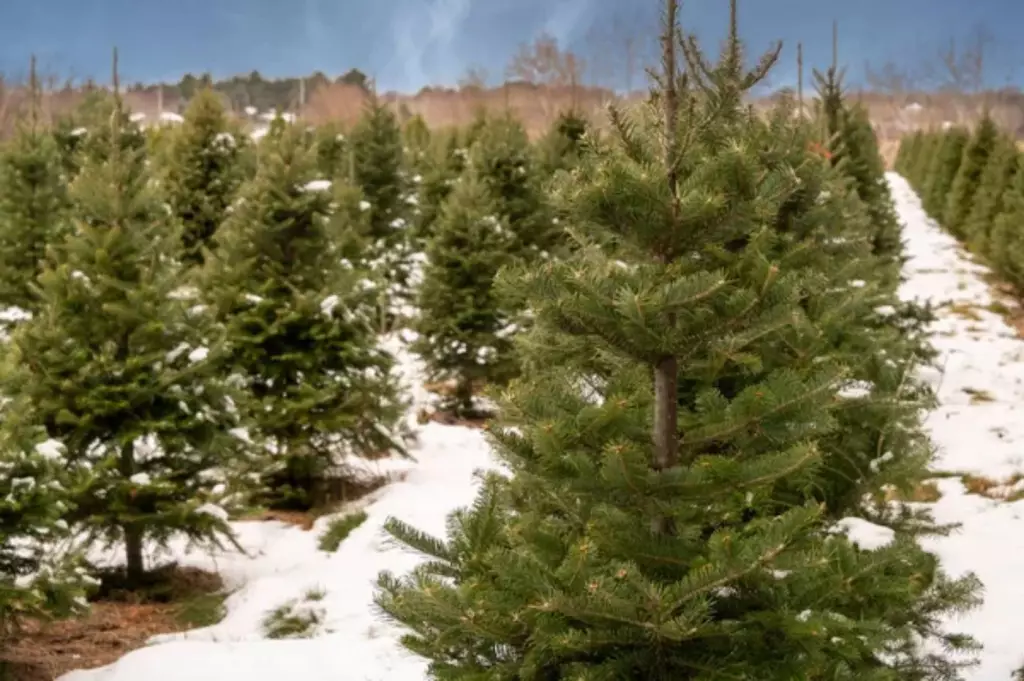What's the Average Size of a Christmas Tree Farm?
If you’re considering starting a Christmas tree farm, one of the primary factors you need to determine is the correct size of land. Most farmers will go for a land size that can grow enough trees to meet market demand, but at the same time keep the trees well-spaced to assure healthy growth. This article will help you find out the average size of most Christmas tree farms, so you can establish your business.
The average size of a farm that grows these holiday trees must be at least 10–20 acres of land. Given this space, you can grow various tree species with enough spacing to maintain their healthy growth. A well-spaced Christmas tree farm can hold 1,500 individual trees per acre.
Certain factors influence farm size, such as land availability, climate conditions, and market demand. To make this business enjoyable and rewarding for you, let’s see what else you need to know about establishing a Christmas tree farm in this article.
Knowing the average size of a Christmas tree farm can be a crucial step as you begin the journey of starting your own profitable Christmas tree farm from scratch.
Summary
- The average size of a Christmas tree farm ranges between 10 and 20 acres of land.
- In an acre of land, you can grow at least 1,500 individual Christmas trees. So if you have a quarter acre of land, you could potentially cultivate 375 trees.
- The size of a Christmas tree farm may be influenced by factors such as market demand, climate conditions, and land availability.

On this page:
Land Size Requirement for a Christmas Tree Farm
Christmas tree farms are specialized agricultural establishments that focus on growing real trees for the holiday season. These farms can vary in size and scale, producing various kinds of evergreens suited for use as Christmas trees.
As you begin planning for this business, you may first want to consider the size of the farm. Experts advise acquiring at least 10 to 20 acres for a Christmas tree farm.

A professionally managed farm can grow as many as 1,500 Christmas trees per acre. This means that even if you only have a small farm with just a quarter acre of land, you could potentially cultivate 375 trees.
Christmas tree farms can range from small, family-owned operations to extensive commercial enterprises spanning thousands of acres. The size of a farm can significantly impact the number of trees that can be grown and, ultimately, the profit generated by the farm.
However, different farm sizes also come with different levels of investment. While larger farms may require a more significant initial investment, they can offer greater potential in terms of revenue.
If you're looking to start a smaller operation or just want to raise some extra cash, it might be more cost-effective to acquire a smaller plot of land and plant the trees yourself. If the land allows for enough room for planting, harvesting, and possible expansion in the future, then you can turn it into a Christmas tree farm.
Now, if you don't already own land suitable for farming, purchasing a plot can be one of your biggest expenses. The average price of existing Christmas tree farms ranges from $450,000 to over a million dollars.
Factors Influencing the Size of a Christmas Tree Farm

Here's how factors such as land availability, climate conditions, and market demand can help you determine the size of your Christmas tree farm:
Land availability affects the size of a Christmas tree farm
If you have plenty of land available that is suitable for growing trees, then you can possibly grow many trees and produce a profitable crop. However, if land availability is limited, then the size of the farm and the number of trees that you can grow may be reduced.
Acquiring suitable land can be a challenge because of these factors:
-
Cost of land: If land prices are high, you may find it difficult to acquire enough land to grow many trees. This can limit the size of the farm and the number of trees that can be grown. To know the estimated value of a land for tree farm, in case you need to purchase one, read this article.
-
Location of the farm: If the farm is in an area where there is high demand for land, such as a densely populated urban area, it may be a challenge to acquire a suitable space. In contrast, if the farm is in a rural area with plenty of available land, it may be easier to acquire the land needed to grow many trees.
-
Land quality: Even if you have plenty of available land, if it’s not suitable for growing trees, like if it is too rocky or has poor soil quality, it can limit how big your farm can be. However, if you have a big space with plenty of high-quality soil, you can grow as many trees as the space allows.
Climatic conditions influence the size of a Christmas tree farm

Different species of Christmas trees have various climate preferences, and you might need to fully understand these preferences to be able to choose the right species for your farm. Here are some ways in which climatic conditions can influence the size of a Christmas tree farm:
1. In terms of temperature: Different species of trees have different temperature requirements, and if the temperature is too low or too high, it can negatively impact the growth of the trees.
The balsam fir, for example, can tolerate temperatures of minus 40 °F, so these trees are better grown in areas around zones 3 – 6 in the USDA Plant Hardiness Zone Map.
2. In terms of precipitation: Trees require a certain amount of water to grow, and if there is not enough precipitation, the trees may not grow as quickly or may not grow at all. On the other hand, if there is too much precipitation, the trees may be more susceptible to root rot, which can damage the trees and reduce their overall size.
3. In terms of soil quality: The quality of the soil in which the trees are grown can also be influenced by climatic conditions. Too much rainfall can cause the soil to become waterlogged. Similarly, in dry or arid regions that receive less precipitation, the soil may dry up, which can also negatively impact the growth of trees.
Douglas fir is one of the most challenging Christmas trees to grow. It prefers to grow on medium textured, well-drained soils with moderate to high fertility.
4. In terms of the amount of sunlight: Trees need sunlight to grow well. Not receiving enough sunlight can slow down their growth. On the other hand, if there is too much sunlight, it can cause the trees to dry out, which can also negatively impact them.
By learning the typical tree density used per acre on farms similar in size to the average, you can estimate how many trees your acres could support and whether your land is appropriately sized to plant the number of trees you hope to grow and harvest.
The size of a Christmas tree farm may be determined by market demand

With over 11 million cut Christmas trees sold in the U.S. in 2019, understanding your local and regional market demands and setting your farm size accordingly.
This can help you plan for the number of trees to plant and estimate potential revenue. Moreover, planning for the right farm size can build your confidence that you can produce enough Christmas trees to meet market demand while staying within your available resources.


